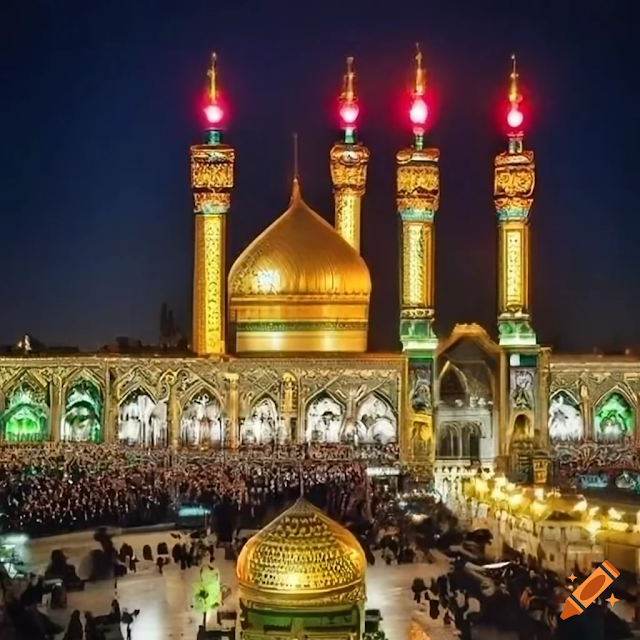The Israel-Palestine Conflict: Unraveling the Complexity
Introduction
The Israel-Palestine conflict is a deeply rooted and complex issue that has plagued the region for decades. It involves a clash of national aspirations, territorial disputes, and a web of historical, political, and religious complexities. In this article, we will delve into the multifaceted aspects of the conflict, examining its origins, key players, and current challenges.
Historical Background
The roots of the Israel-Palestine conflict can be traced back to the late 19th century when Zionist Jews sought to establish a homeland in Palestine, then under Ottoman rule. The Balfour Declaration of 1917 further supported this idea, leading to the establishment of the State of Israel in 1948. However, this move was met with resistance from the Arab states and the indigenous Palestinian population, resulting in a series of wars and tensions that persist to this day.
Key Players
Israel
Since its establishment, Israel has been a central player in the conflict. It views itself as a safe haven for Jews worldwide and emphasizes its right to exist as a sovereign state. Israel has undergone significant territorial expansions, including the capture of the West Bank, East Jerusalem, and the Gaza Strip during the 1967 Six-Day War. It seeks security and recognition within internationally accepted borders.
Palestine
The Palestinian people, comprising both Muslims and Christians, have long fought for self-determination and the establishment of an independent state. They claim the territories occupied by Israel as their own and emphasize the right of return for Palestinian refugees displaced during the conflict. Palestinian leadership is divided between the Fatah-controlled Palestinian Authority and the Hamas-led Gaza Strip.
International Community
The international community has played a crucial role in attempting to mediate the conflict and find a peaceful resolution. Various UN resolutions, peace initiatives, and diplomatic efforts have been made, with the aim of establishing a two-state solution that ensures security and self-determination for both Israelis and Palestinians. However, achieving consensus among the numerous stakeholders has proven to be an immense challenge.
Current Challenges
Territorial Disputes
The ongoing conflict revolves around competing territorial claims. The West Bank, including East Jerusalem, is a focal point, with Israeli settlements expanding into Palestinian territories, further exacerbating tensions. The status of the Gaza Strip, under Hamas control since 2007, also remains a contentious issue.
Security Concerns
Both Israelis and Palestinians have legitimate security concerns. Israel faces threats from armed groups operating in the Palestinian territories, while Palestinians suffer from Israeli military operations and restrictions on movement. Balancing these concerns is crucial for any potential resolution.
Humanitarian Crisis
The conflict has resulted in a severe humanitarian crisis, particul
arly in the Gaza Strip. Limited access to necessities such as clean water, healthcare, and adequate housing has deeply affected the lives of Palestinians. Efforts to alleviate these conditions face significant challenges due to the ongoing hostilities.
Conclusion
The Israel-Palestine conflict is one of the most complex and protracted conflicts in the world, driven by historical, political, and religious factors. As it continues to evolve, finding a lasting solution remains an elusive goal. Despite the challenges, international efforts must persist in pursuing a peaceful resolution that ensures security, justice, and self-determination for both Israelis and Palestinians.
Disclaimer: The views expressed in this article do not represent any particular political stance but aim to provide an objective overview of the Israel-Palestine conflict.





0 Comments
Please Be Kind With This Blog's Comment Section NoOne is Allowed To spam or promote any other platform Thank you for visiting